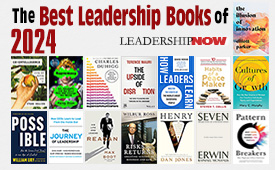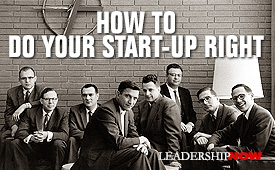Extraordinary Transformation: An Inspiring Blueprint for Transformational Growth

NIDO QUBEIN began serving as Highpoint University’s president in 2005. As he toured the school in January of that year, it was not a school that he would even send his own children to. He was about to change that. He has led the university through an extraordinary transformation during his two decades and counting in office, including:
Undergraduate and graduate enrollment has increased from 1,500 in 2005 to a record 6,335 students last fall, with the addition of 12 academic schools. This has been supported with a jump in the number of faculty members from 108 to more than 500.
The Campus itself has also grown significantly with the construction of 128 new or renovated buildings on Campus and a total investment of more than $3 billion. The Campus has expanded from 91 acres to over 550 acres.
In addition, HPU’s rankings have jumped from #17 in 2005 to #1. The university has maintained the #1 Regional College in the South for 13 consecutive years in “America’s Best Colleges” by U.S. News & World Report and #1 Most Innovative for 10 consecutive years.
Extraordinary Transformation: An Entrepreneurial Blueprint for Leaders Who Seek Transformational Growth in Any Organization not only explains how this transformation happened but also provides the principles that can be applied to your professional and personal life. Entrepreneurs take note.
Qubein provides a guide to transformational change. Here are some of the insights found in this book:
You have to peer into the interior of events and circumstances and find out for yourself what’s really going on there.
On the need for big change over incremental changes: That would not be a bad thing—but there would be no story to tell. This is not to say that incremental change has no value at all. There are places where incremental development is precisely what is called for, where moving fast may even be counterproductive. These are situations where making small improvements consistently over time can add up to have a powerful cumulative effect. Exercise is like that. So is the accumulation and assimilation of new knowledge or the learning of a new discipline. We needed to be noticed, and when you want people to notice, you have to make your moves big.
Having a personal vision sets up a creative tension between the world as it is and the world as you would like it to be. That creative tension provides fuel and leads you onto a path of accomplishment and fulfillment.
We had to become the place the students wanted to be.
The truth is that it does not have to take huge amounts of money to make a profound shift in people’s experience. The process is not capital-intensive; it is empathy-intensive.
Where can we remove irritants in the system?
One of the lessons I’ve learned in life is that your connections, your relational capital, will help you achieve your goals. They believe .in you, you believe in them, and they will work on your behalf with no questions asked.
You cannot effect meaningful change unless the underlying culture changes first. All other transformation starts here. It is the who that defines the what, never the other way around. And ultimately, it is the why that matters the most. If you want to transform your organization, you first must decide what kind of culture you want it to be.
There is a tendency in any organization for it to become self-serving. The larger the organization grows and the older it is, the stronger this tendency expresses itself and becomes this kind of inertia, a growing gravitational field if you will, that pulls everything into its orbit. Whatever its stated goals or original mission may have been, the organization’s everyday purpose becomes more and more about the perpetuation of the organization itself. This is the essence of the term bureaucracy.
Please don’t think outside the box because when you do that, you’re still using the box as your frame of reference. Let us throw the box out the window.
Always retain an entrepreneurial edge and outlook.
Nobody will notice the value you provide unless you tell them. Creating value is essential to establishing your brand, but it is just as essential that you continually interpret that value—not only to your clients and potential clients but also to your staff, investors, board members (if you have them), and every stakeholder connected with your enterprise. We also had to communicate to our students, to our parents, and to our community why we were doing that and what difference it made to them.
Here is something else about leadership that my years in business had taught me: When you are frightened, you have to let it show—to someone. To a carefully selected, deeply regarded few. Knowing who those few are and being able to fully confide in them—that, too, is leadership. Sometimes, in moments of crisis, you need to reach out to someone you trust, someone you can talk to.
During the pandemic, he said, “These are times when we have to forget about all the things we must do and think about the things we must be. We need to think, ‘Who must I become in a time like this?’”
Leadership resides within all of us. We simply have to take advantage. Of the talents we have. When we do, we will know who we are and become who we want to be.
If you want to know what it means to become extraordinary, then this book is for you. Read chapter 8, What is Your Promise? and raise your game.
* * *

Follow us on
Instagram and
X for additional leadership and personal development ideas.
* * *




Posted by Michael McKinney at 11:54 AM
Permalink
| This post is about Change










